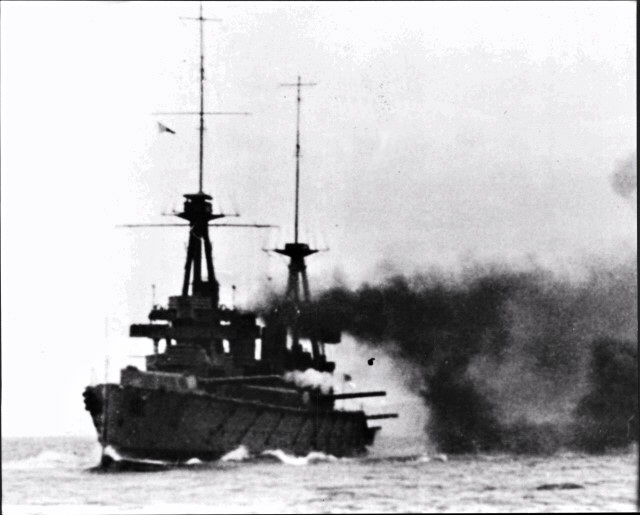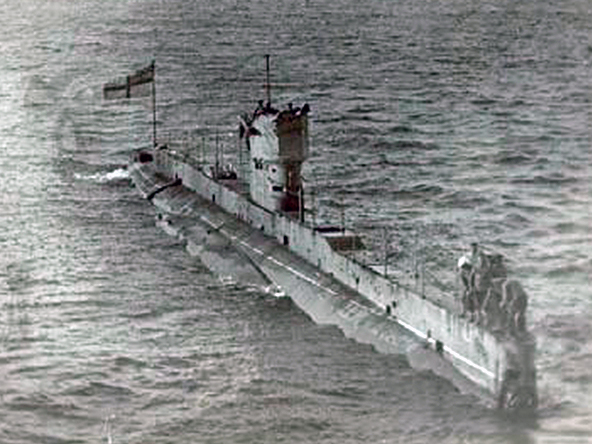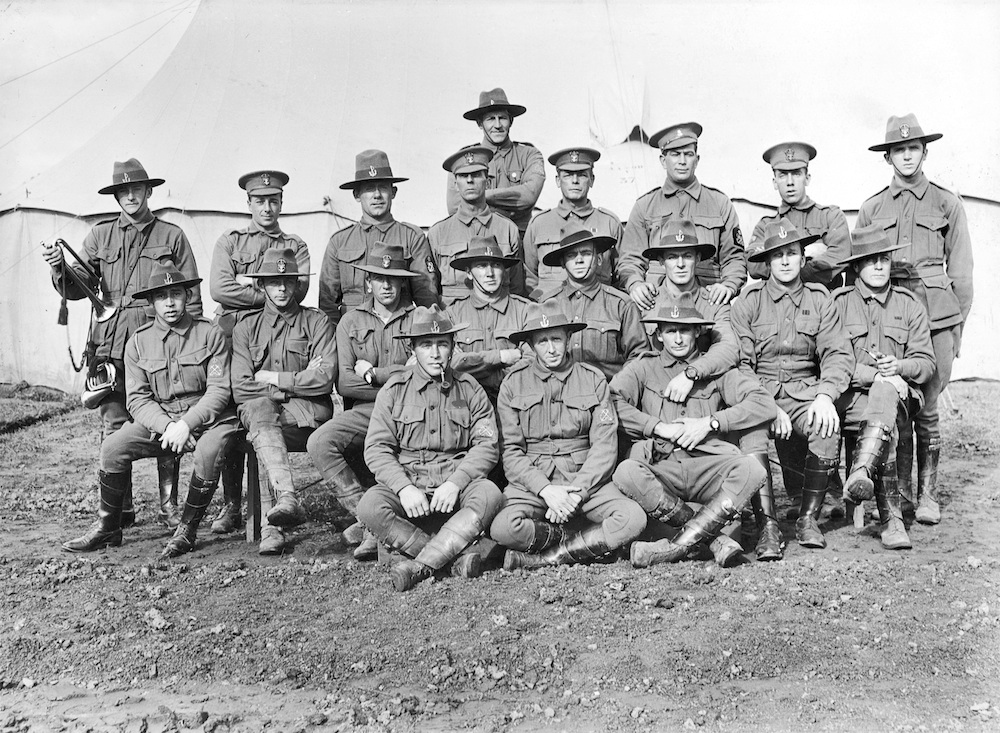The following note was provided by Captain Sean Andrews, RAN Director of the Sea Power Centre -Australia. Thanks also for the link to a short film made by the Sea Power Centre – Australia’s history team on our Navy in WWI. It was made for ANZAC Day 2020 which is being commemorated by Australian in a very non-traditional manner due to the pandemic gripping the World. The mission of the SPC-A, like the Naval Historical Society of Australia, is the preservation and promotion of the Royal Australian Navy’s history and heritage. Supporting this mission is an official YouTube Channel which provides a wonderful collection of Navy’s great stories.
On 4 August 1914 when Britain declared war on Germany the ships of the Royal Australian Navy were at sea and proceeding to their war stations. The Navy’s immediate tasks were to seize Germany’s regional possessions and counter the threat posed by the German East Asiatic Cruiser Squadron based in China. The presence of the RAN’s new battle cruiser HMAS Australia (I) was sufficient to convince the German Squadron Commander, Vice Admiral Maximillian von Spee, to relocate his squadron to the Eastern Pacific where it defeated a British naval force before itself being destroyed by Royal Navy ships in the South Atlantic.

On 11 September 1914 the Australian Naval & Military Expeditionary Force landed at New Britain where, in a brisk action against German colonial forces, a predominantly naval landing force defeated the enemy and captured the Bitapaka wireless station. During that action Able Seaman William Williams became the first Australian serviceman to be killed during World War 1. Further tragedy followed when HMA Submarine AE1 failed to return from a patrol outside Rabaul. A succession of searches revealed no trace of the vessel or her 35 man crew. The RAN had nevertheless proven to be an effective instrument of national power establishing maritime security in the immediate region and securing important lines of communication.
In November 1914 the light cruiser HMAS Sydney (I) won for the RAN its first single ship battle honour when it engaged and defeated the German cruiser SMS Emden in a fierce action off the Cocos Keeling Island group in the Indian Ocean. That action cleared the way for Anzac troop convoys to traverse the Indian Ocean, without loss, for the duration of the war.

At the time of the Anzac’s landing at Gallipoli on 25 April 1915, HMA Submarine AE2 had penetrated the Dardanelles and entered the Sea of Marmara where it executed orders to ‘run amok’. The submarine spent the next five days operating as widely as possible giving the impression that more than one submarine was active. She fell victim to a Turkish gunboat on 30 April and the vessel was abandoned without loss of life. Her crew was taken prisoner and four of its number died in captivity.

Ashore at Gallipoli on Suvla Bay, engineers of the Royal Australian Naval Bridging Train provided valuable service building pontoon piers on the beaches enabling vital supplies to be landed from the sea and the wounded to be evacuated. They also undertook a wide variety of additional tasking including salvage work and maintaining water supplies. To them went the distinction of being the last men to be evacuated from the peninsular when the campaign was abandoned in December 1915.

In the years that followed, RAN cruisers and destroyers variously assisted with the blockade of German East Africa, patrolled North American and Far Eastern waters and performed anti-submarine duties in the Mediterranean. From 1915 the RAN Flagship, HMAS Australia (I) operated with the British Grand Fleet in the North Sea. She was later joined by the cruisers HMAS Sydney (I) and HMAS Melbourne (I).
On 11 November 1918 the signing of the Armistice brought the fighting in Europe to an end. When the German High Seas Fleet steamed across the North Sea to surrender, HMA Ships Australia, Sydney and Melbourne were present. On leaving England to return to Australia the Admiralty expressed its appreciation of Australia’s contribution as follows:
Their Lordships state that Australia may well feel pride in the record of its navy newly created in the years prior to 1914, but shown by the test of war to be in all respects ready to render valuable service to the Empire in the hour of need.
The RAN in World War 1 – Anzac Day 2020 Tribute




